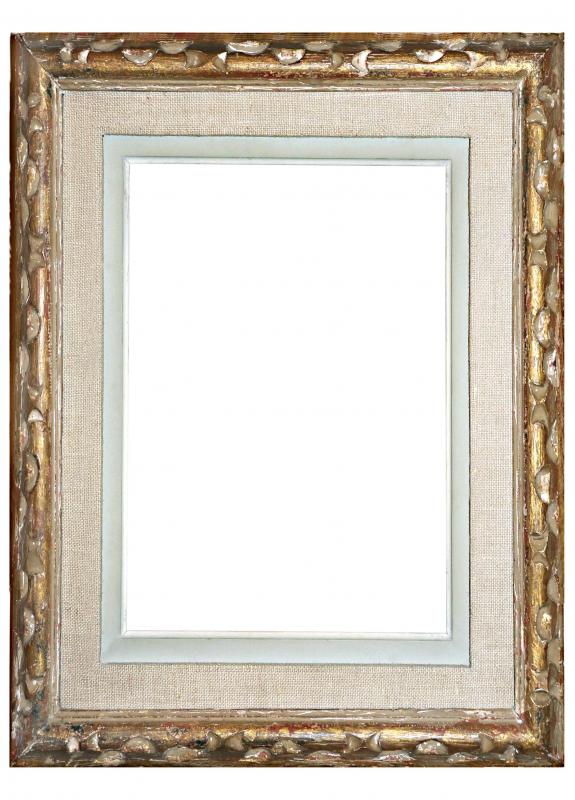At SmartCapitalMind, we're committed to delivering accurate, trustworthy information. Our expert-authored content is rigorously fact-checked and sourced from credible authorities. Discover how we uphold the highest standards in providing you with reliable knowledge.
What are the Benefits of Investing in Art?
The main benefits of investing in art are a sense of personal satisfaction and the financial benefit of an artwork’s appreciation in value over time. Investing in art also lets collectors see and enjoy their investments daily in a way that isn’t available to those whose investments are in stocks and bonds. As a financial investment, good art often appreciates independent of traditional economic measures like inflation or securities market indexes.
Even though art investments often appreciate slowly in value, they don’t often lose value like their traditional counterparts in the equities markets. Also unlike more traditional investments, there’s no art investment equivalent to a company’s going out of business. An artist’s output may be steady or sporadic, but immediately becomes finite upon death or retirement, often leading to dramatic increases in value. Another significant difference between investing in art and traditional investing is the duration of the investment. A stock or bond held for more than a year is considered a long-term investment; artwork is more commonly held for decades before being sold. Like traditional investing, the art world has its share of hucksters and scam artists; investors in both fields should thoroughly research their purchases, enlisting professional help if necessary, to ensure their legitimacy.

When investing in art is done strictly for financial benefits, though, it has its drawbacks. For example, art that’s already been recognized as being of investment quality can be very expensive, and should be purchased only after the investor’s financial security has been more or less guaranteed with other more traditional investments. While it’s very possible to buy art inexpensively from new artists and hope its value appreciates over time, if the artist never gains favor with critics or the art-buying public, the works’ appreciation may not match that of stocks and bonds or even keep up with inflation. Another drawback is that artwork is illiquid and can’t be sold as easily as traditional investments like stocks and bonds. The sale of investment-grade artwork often requires the services of a dealer or an auction house to realize full value, thus diminishing investor’s actual return.

Art investment can provide an investor with other very satisfying benefits. For example, individual works can be loaned to museums, enhancing the investor’s reputation and prestige. Astute investors, in fact, often exploit every opportunity to show their art in as many ways as possible, thus continually promoting the artists and potentially enhancing the value of their collection. Investors who specialize in particular artists may find themselves routinely invited to exhibits of their work. Galleries do this to promote sales, while the investors enjoy the opportunity to meet the artist and mingle with fellow aficionados.
Like any other type of investing, investing in art requires some expertise if it’s to be successful. It’s easy enough to buy a sculpture, oil painting or photograph that one likes, but that’s not the same as buying works primarily for their potential for increasing in value over time. Many art investors routinely consult with art investment professionals before making any art investment purchases.
AS FEATURED ON:
AS FEATURED ON:












Discussion Comments
@pleonasm - The problem is that we only ever hear about art investments that increase in value by a lot. In terms of smart investment strategies, I wouldn't rank it particularly high.
The art world is fickle. Artists can flood the market and end up devaluing their work, or the world might be going through a particular trend or bubble that ends before you want it to.
I would never look on art as a real investment. I'd only ever buy a piece because I loved it and wanted to keep it and not because I thought it would go up in price.
@Iluviaporos - Well, I mean, if you are buying relatively expensive art, you are basically investing money, not just spending it. As long as you know enough about art to make wise choices in the type to buy, you can get something that fills you with joie de vivre as well as increasing in value over the years.
Particularly savvy art investors don't even end up spending that much, because they know how to find excellent pieces that are going to be worth more in the future.
I personally think it is one of the more ethical forms of investment, especially if the person who owns the piece is willing to loan it to museums so that everyone can enjoy it. Taking risks on unknown artists is at least going to help the artist even if it doesn't end up being a completely sound investment.
I really liked a quote that one of my friend's posted on Facebook, which said something like "If you're not spending money on art, you aren't doing it right".
And I have to admit I think of art as being a fairly extravagant purchase. Anything that is good enough to spend money on is usually out of my casual price range.
But art is one of the best things about life. So I think I should just bite the bullet and spend a little bit on it.
Post your comments